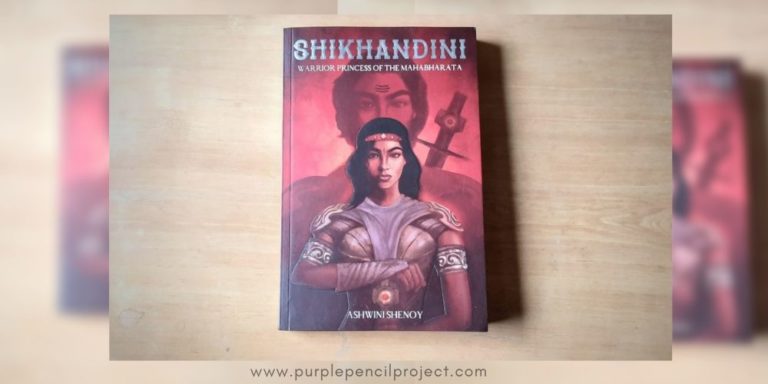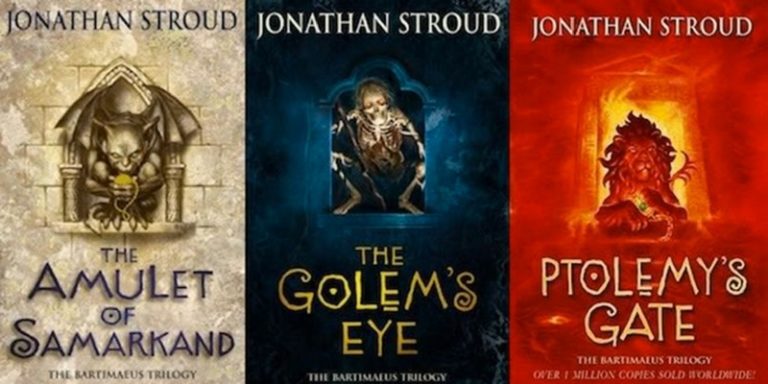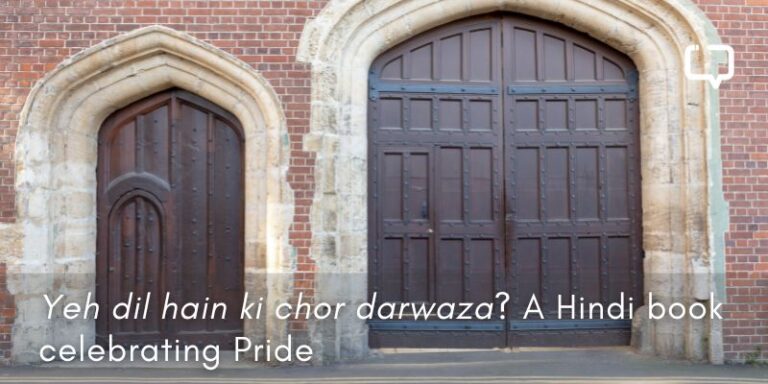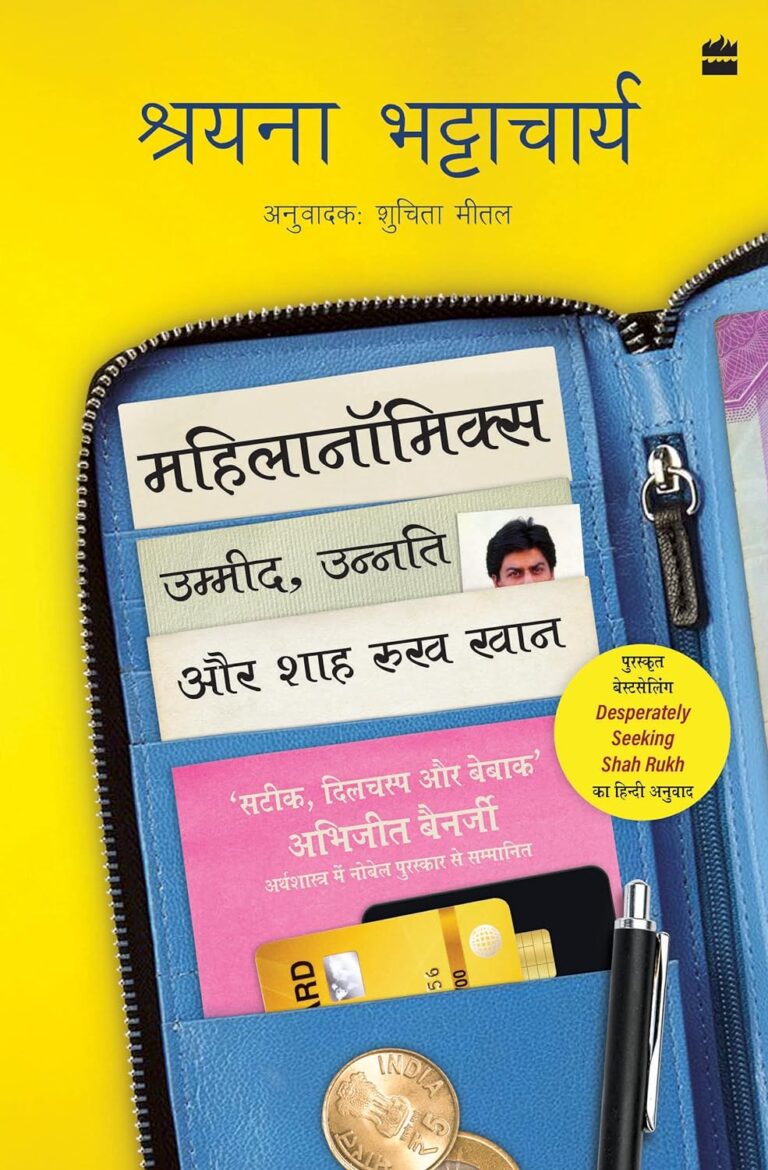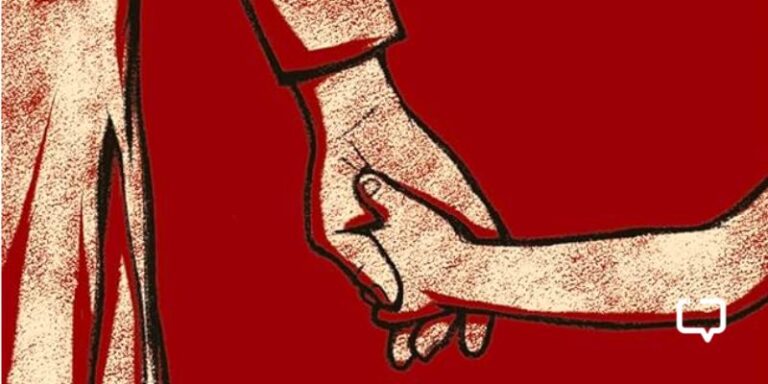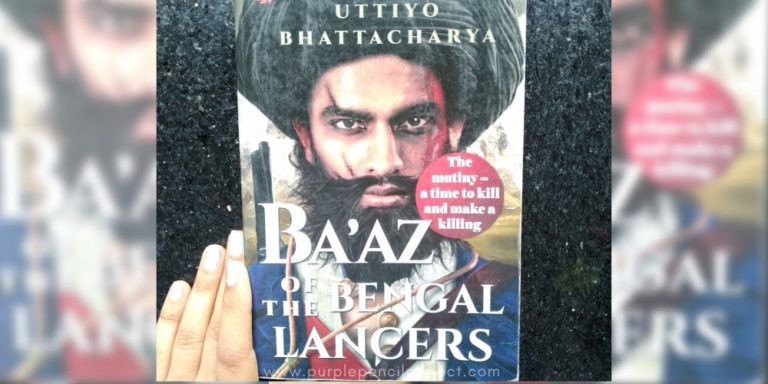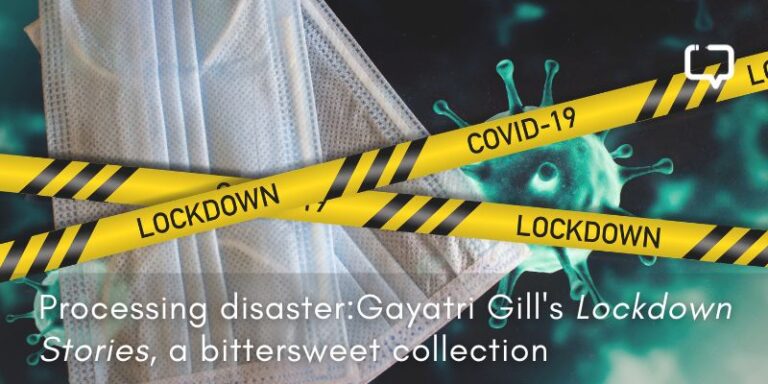Amit Majmudar is a novelist, poet, translator, essayist, and diagnostic nuclear radiologist. His works include Godsong: A Verse Translation of the Bhagavad-Gita, with Commentary (Knopf/Penguin Random House India, 2018) and the mythological novel Sitayana (Penguin Random House India, 2019), the poetry collection What He Did in Solitary (Knopf, 2020) and the novel, Partitions (Holt/Metropolitan, 2011) which was shortlisted for the HWA/Goldsboro Crown Prize for Historical Fiction and was named Best Debut Fiction of 2011 by Kirkus Reviews. Excerpts from an email interview with the writer.
We encourage you to buy books from a local bookstore. If that is not possible, please use the links on the page and support us. Thank you.
What inspired you to write a children’s book? And that too centered around the Dandi March, with sparrows as the main character?
Amit Majmudar: My wife, A. B. Majmudar, published her debut novel in India in 2020, The Torchbearers. Her process, and the powerful connection she formed with younger readers, inspired me by example.
You have written stories about Partition, and now Heroes the Colour of Dust – what is your association with the independence movement, and what makes you write about them?
Amit Majmudar: I don’t have a specific association with that movement, other than my Indian ancestry. It’s just a very fascinating period of history with larger-than-life characters and situations. I think of India as having produced three great epics: The Ramayana, the Mahabharata, and its own Independence struggle and Partition. All three “epics” have unforgettable stories and conflicts starring multiple larger-than-life characters. And all three are foundational.
I love the wordplay and puns in Heroes the Colours of Dust – it is so inventive and imaginative and colourful. Was this genre shift a challenge? Did your approach to the craft of storytelling change because of it? How did you navigate that?
Amit Majmudar: I dialed up the punning for sure to give the book a light and delightful feel. I simplified my language and made sure to keep the action humming along–children’s literature is less forgiving of digressions, slow passages, and literary showing-off passages. It’s all about keeping in mind who’s going to be reading the book, who the intended audience is.
Your range of writing is very vast and diverse – what has been your inspiration. What were the kinds of books, forms of art that have inspired you?
Amit Majmudar: I I am inspired by everything I read. So it’s really the whole gamut of things I have read throughout my life, poems and novels and nonfiction books, histories and children’s books and picture books–everything. This book had its specific inspiration from animal fables (like Aesop and the Panchatantra) and the historically informed animal fable by George Orwell, Animal Farm.
In several discussions with authors, we have spoken about how scientists approach art differently – how does being a nuclear radiologist feed into being a poet or writer, and vice-a-versa?
Amit Majmudar: For me, I tend to keep those two elements separate, or I like to think I do. In reality, though, it bleeds into the images I use, particularly when they center on the human body, given that a radiologist has a considerable working knowledge of human anatomy. I also feel that radiology is about observation, keeping your eyes open, seeing and describing what you see. That is a practice common to radiologists and creative writers.
What is Amit Majmudar currently working on?
Amit Majmudar: I am busy researching the American Civil War. I want to know that period “inside and out” the way I know the Partition of India. From that knowledge base, then, I hope to create a novel or novels that will engage in a variety of ways with that history, the war that cost the most in terms of American lives, and whose divisions never really healed in our country. It is a war that still lives; people dress up and reenact it to this day, in a way that they don’t for more recent 20th century wars, or the Revolutionary War. It has never left our collective consciousness. It is the wound at the origin of America, just as Partition is the wound at the origin of India.












